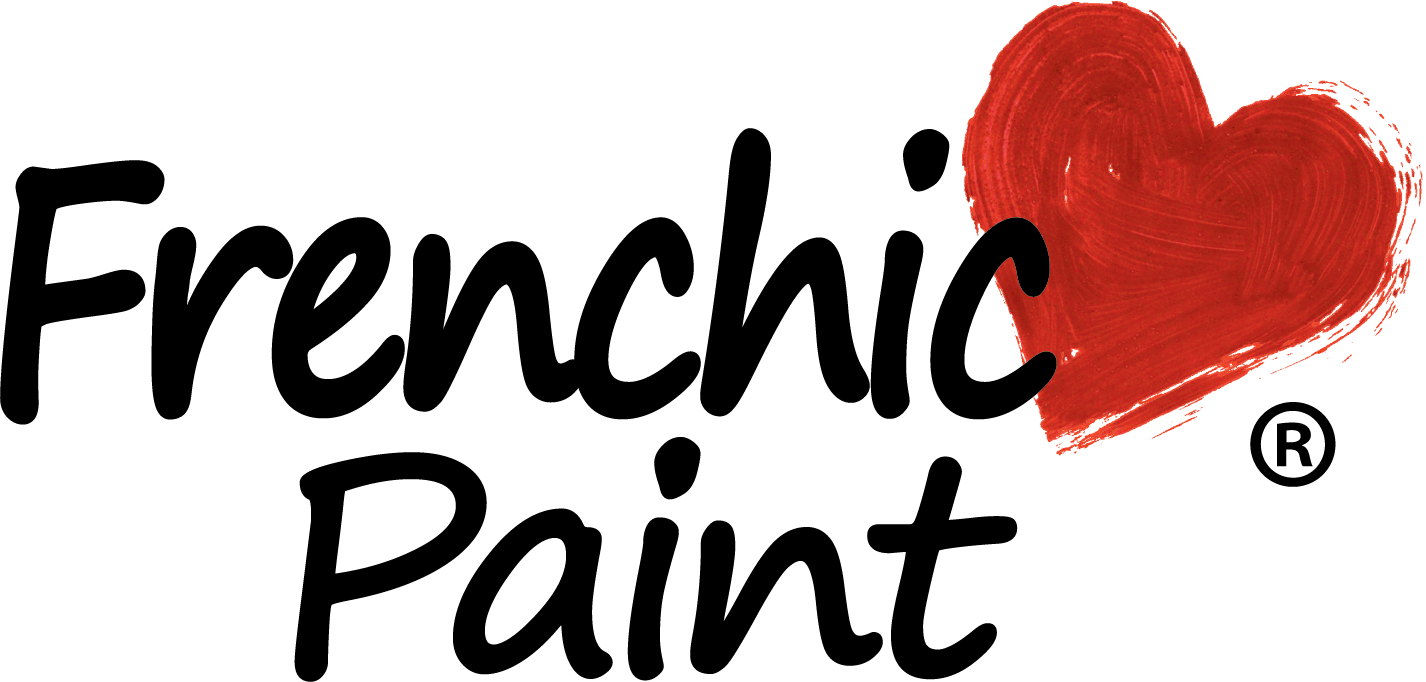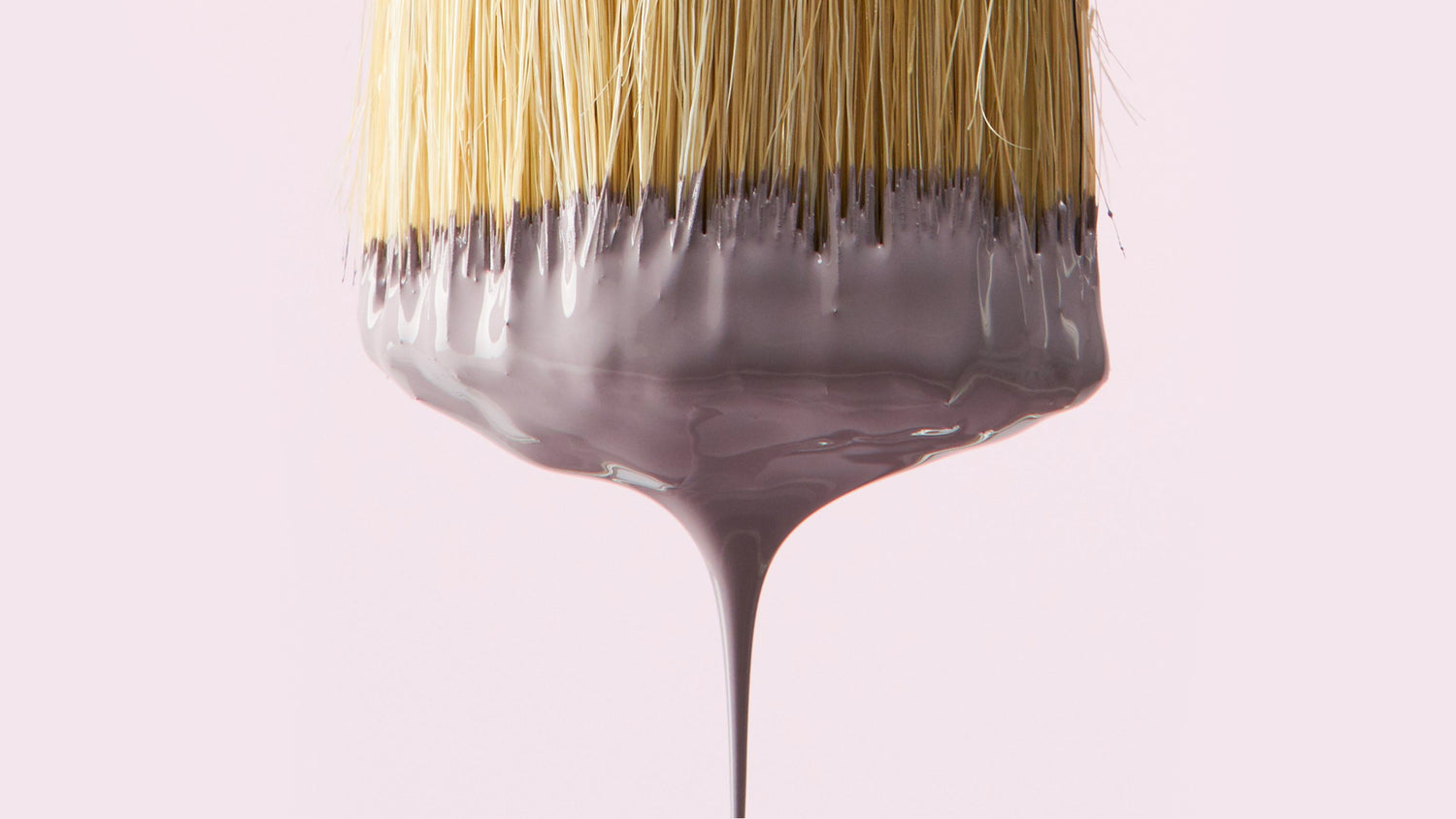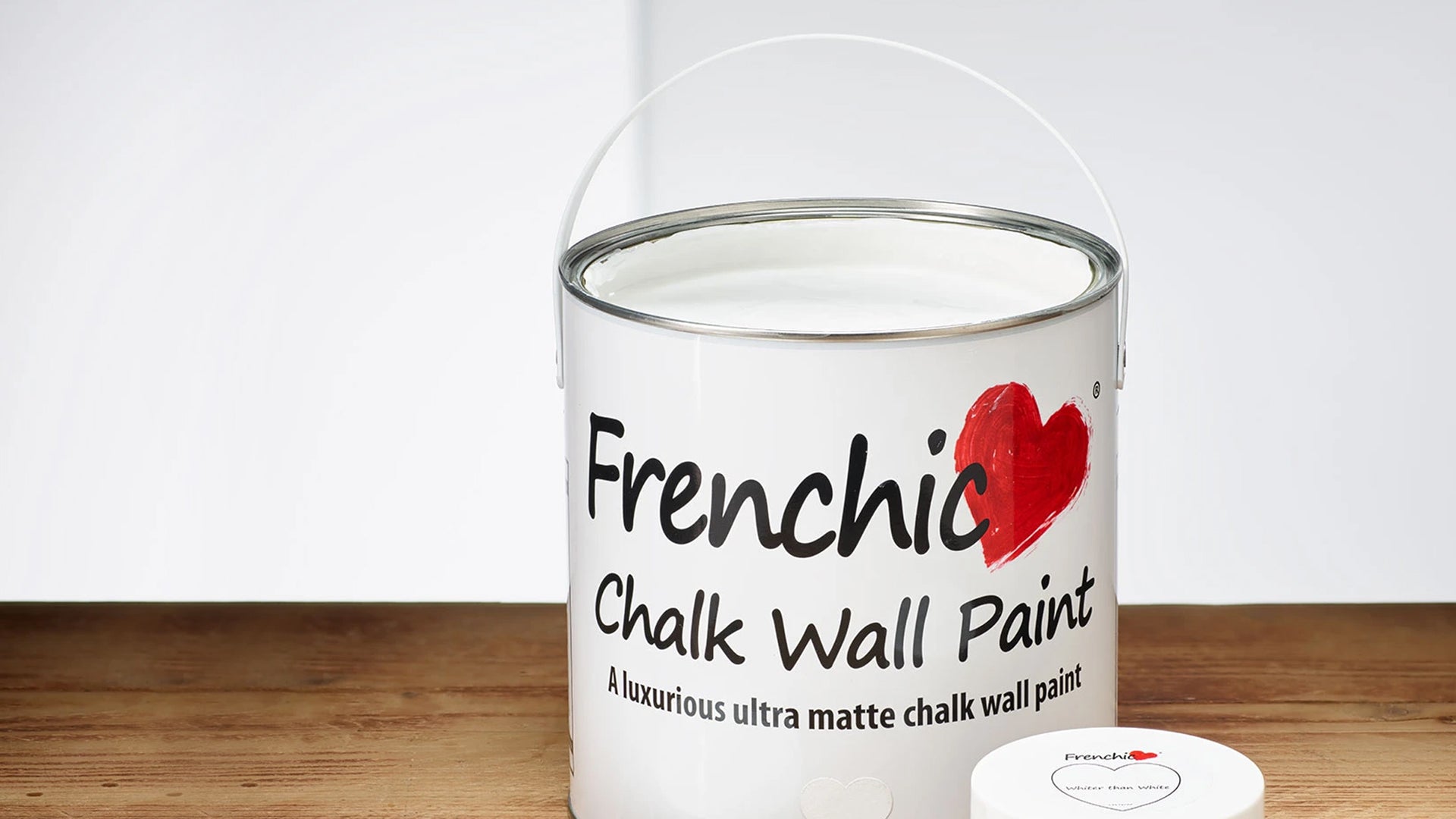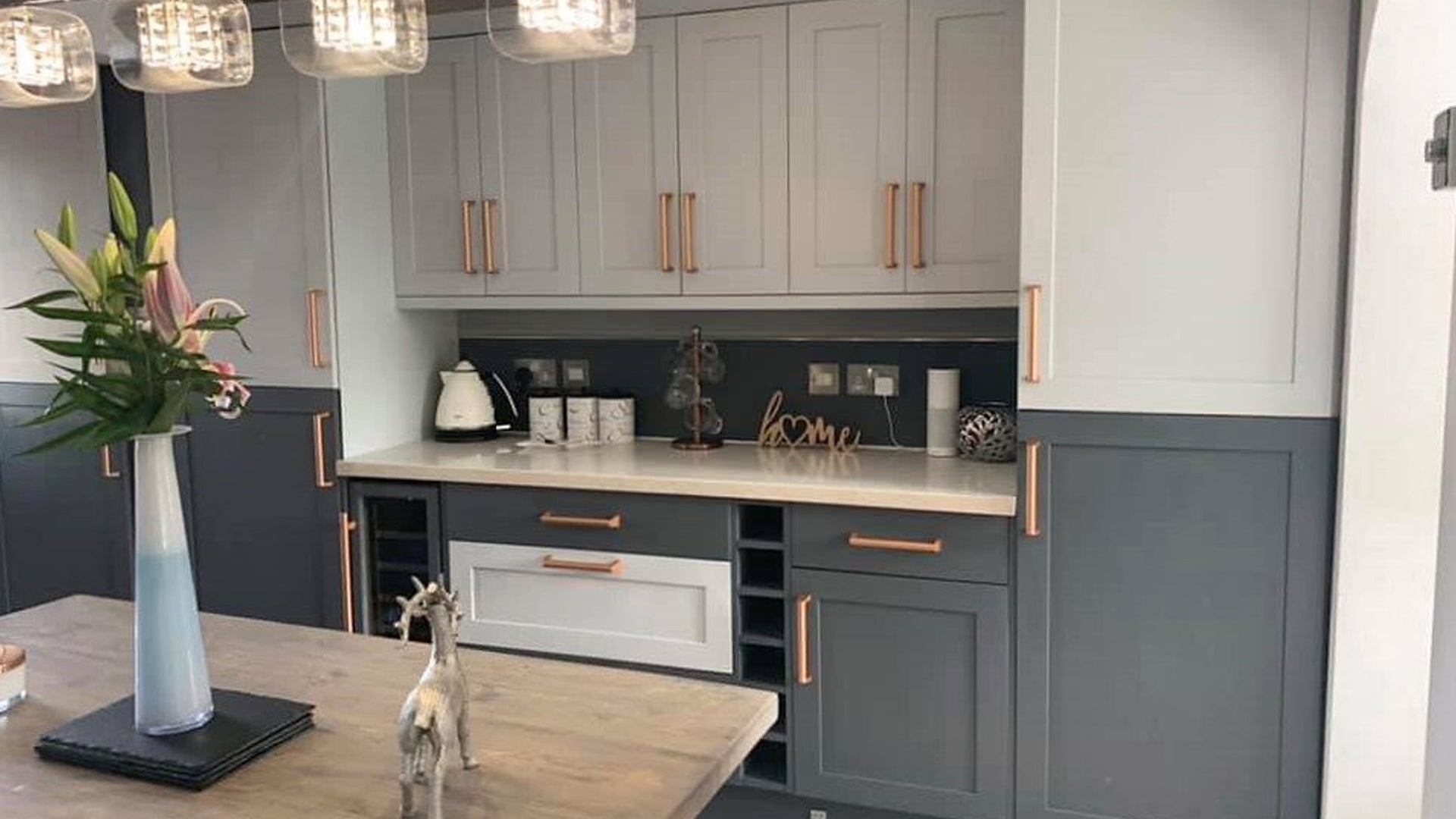Self-priming paint is quickly becoming the top choice for upcyclers and DIYers looking to cut down the time and effort it takes to repaint their favourite items of furniture. But, with so many options on the market, is it really all it’s cracked up to be? Read on to discover the benefits of self-priming paint and tips for how to use it in your own projects.
What is self-priming paint?
Above all else, self-priming paint is designed to eliminate the need for primer. It is typically thicker than average paint, with a higher concentration of solids to help cover blemishes, leave a more robust finish and ultimately make the process quicker and easier. It may also have a primer mixed in, to create a two-in-one product which prepares and colours the surface at once.
What is the purpose of priming?
There are several reasons why you might need to prime a surface before painting. Primer evens out rough surfaces to improve the finish of your paintwork. It also helps paint adhere to surfaces that don’t take paint well such as metal and porous surfaces like raw wood, where the grain variations cause the paint to absorb at different rates.
Primer can also be used for sealing surfaces to prevent any underlying liquids, grease marks or stains bleeding through your new coat of paint and ruining the finished look.
Benefits of self-priming paint
If you’re a seasoned DIYer, you’ll know that decorating always takes longer than you initially expect. Prepping surfaces, waiting for each layer of paint to dry before you can move onto the next and then working on the finishing touches isn’t a quick job.
The number one benefit of self-priming paint is that it cuts down the length of time the painting process takes. Unlike traditional paints which require a primer to be applied first which then takes 24hrs to dry, self-priming paint reduces the number of coats you need to apply.
While some professional decorators prefer to use a separate primer and paint, for the vast majority of upcycling projects and home repainting jobs, there really is no need. At Frenchic, all of our natural chalk paints glide onto surfaces with ease and adhere to furniture without the need for a coat of primer beforehand. Due to its consistency, it also helps to smooth out rough surfaces to hide minor imperfections.
You also won’t have to worry about any old colour bleeding through as our paints’ self-priming properties act as a barrier to liquids. They’re even washable to prevent accident spillages ruining your décor. If you opt for our Lazy Range or Al Fresco products, you’ll save yourself even more work as you won’t need to seal them either!
Self-priming paints are particularly good for beginners, who just want to dip their brush and go. As with all Frenchic paint products, there’s no need to mix or water down, you can simply paint straight from the tin. Better yet, as a thicker-than-average paint, you can bring darker items bang up to date with only a couple of coats.
How to use our self-priming paint
At Frenchic, all of our toxin-free chalk and mineral paints are both self-priming and self-levelling to ensure a professional finish and make your life easier when it comes to painting.
If you’re a total newbie or have never used our products before, we’ve put together some helpful tips and tricks to get you started on your latest project.
1. Prepping
While you don’t need to prime the surface you’re going to paint, you do need to clean it. As with any painting project, you’ll want to make sure the surface is in as good as condition as possible before you paint it. That means removing excess residue like grease and grime that could act as a barrier to the paint. To do this, simply dilute some sugar soap in warm water and clean with a cloth or sponge.
Once dry, you’ll then want to lightly sand down the surface to help the paint adhere. For surfaces that have been previously coated or treated, use a coarser sandpaper. Make sure you wipe off any dust with a lint free cloth before painting.
2. Application
The beauty of self-priming paint is that once prepped, you can then paint your chosen colour directly onto the surface. To do so, you can use a paintbrush or to cover large areas more quickly, all of our paints can be used with a hand-held paint sprayer.
For best results, apply the first coat and wait at least two hours before applying the second. The second coat will ensure even coverage and a durable finish, but always check whether your paint needs sealing.
Ready to get started?
If an arduous painting process is holding you back from starting your next project, you’re in the right place. At Frenchic, our cleverly designed self-priming chalk paint is designed to help you get the job done much faster and potentially cheaper, since you won’t require as many products.
Explore our full range of easy-to-use, child-safe paints online or find a local stockist near you. For more DIY tips and advice, check out our step by step videos on our Frenchic TV YouTube channel.



































